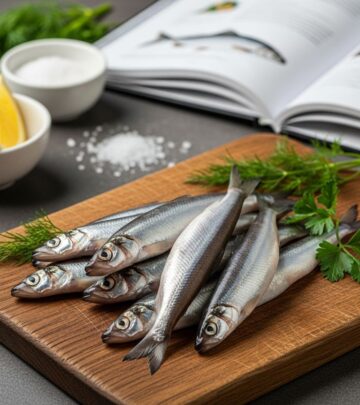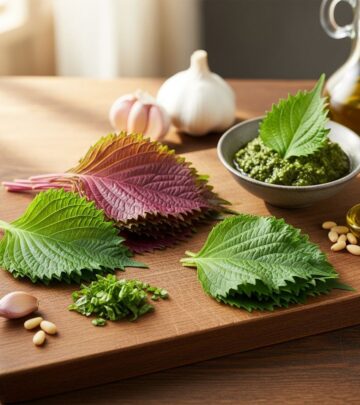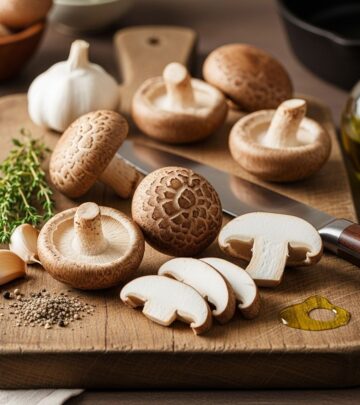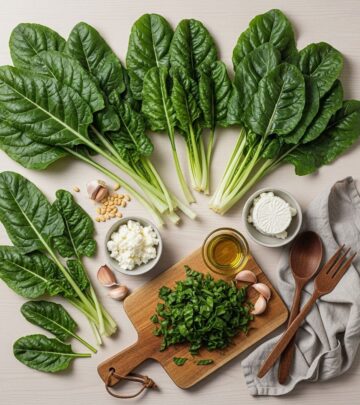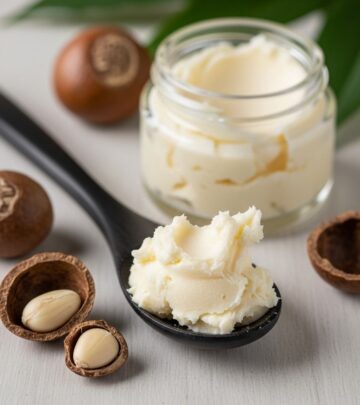Oxalate Foods: High, Low, and Managing Your Diet for Health
Simple swaps and meal plans help keep oxalates in check while preserving vital nutrients.
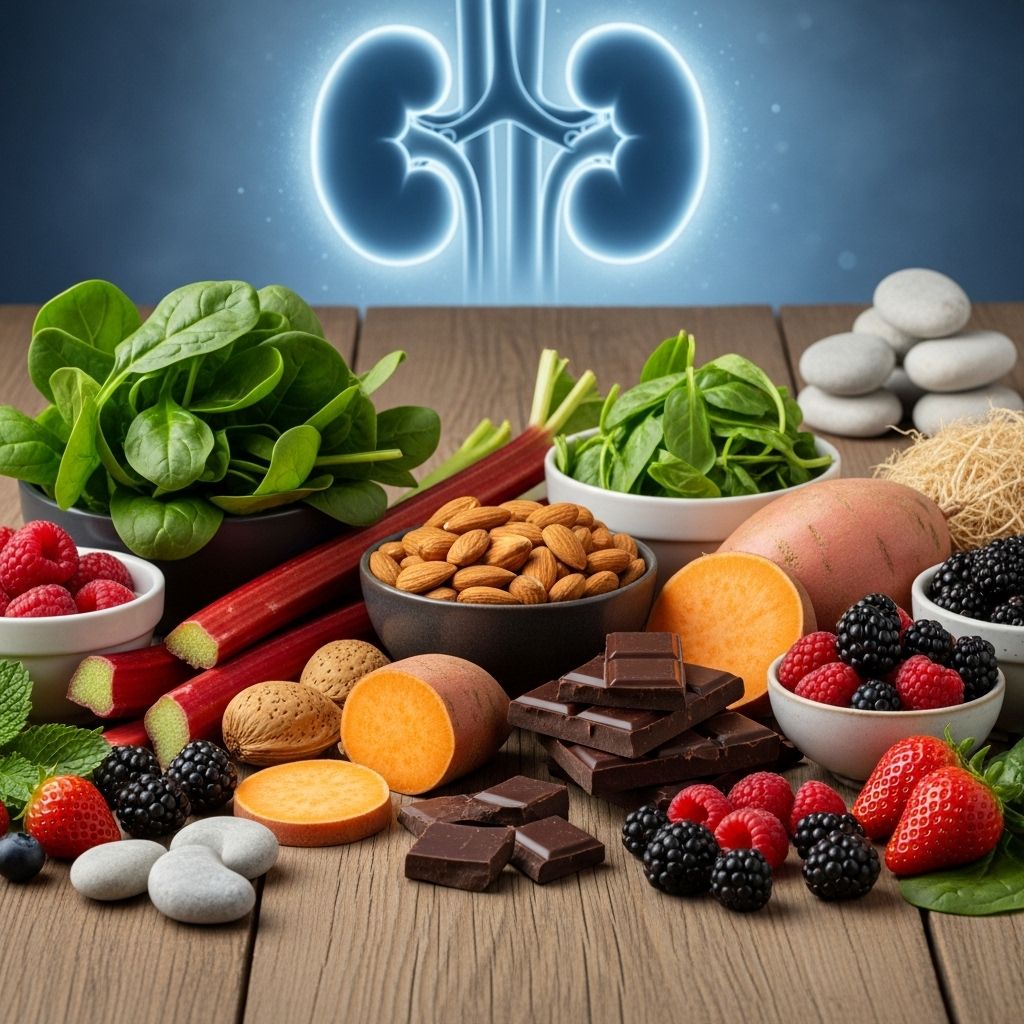
Oxalate Foods: A Complete Guide For Your Health
Oxalates (or oxalic acid) are compounds found in many plant-based foods. While they are mostly harmless and even beneficial in certain contexts, excess oxalate intake can raise the risk of kidney stones and other health issues, especially for susceptible individuals. Understanding which foods are high or low in oxalate—and how to balance your diet—can be crucial for kidney health, nutritional balance, and overall well-being.
What Are Oxalates?
Oxalates are naturally occurring plant compounds present in a diversity of vegetables, fruits, nuts, seeds, and grains. In the human body, oxalates can bind with minerals (notably calcium), forming crystals that may contribute to stone formation—particularly calcium oxalate kidney stones, the most common type. Most people eliminate oxalates in the urine without issue, but some may need to limit intake.
Are Oxalates Harmful?
For most healthy individuals, oxalates do not present a problem. The body typically regulates and excretes them efficiently. However, individuals with a pre-existing risk for kidney stones, kidney disease, or certain digestive disorders (such as inflammatory bowel disease) may not process oxalates optimally. High levels in the body can then increase the likelihood of developing kidney stones or cause other complications.
Symptoms of excess oxalate may include:
- Kidney stone formation (most commonly calcium oxalate stones)
- Painful urination or back pain if stones develop
- Poor mineral absorption (as oxalates can bind calcium, magnesium, and iron)
For individuals with a history of kidney stones or advised by their healthcare provider, adopting a low-oxalate diet can be beneficial.
Why Do People Follow a Low-Oxalate Diet?
Key reasons for a low-oxalate diet include:
- Prevention or management of kidney stones
- Managing kidney disease or chronic urinary tract infections
- Improving conditions related to oxalate sensitivity
- Supporting overall mineral absorption (especially for calcium and iron)
List of High-Oxalate Foods
High-oxalate foods (over 40 mg per serving) are those that contribute the most oxalate to your diet. Here are the key culprits to watch for if limiting your intake (individual values may vary):
| Food | Approx. Oxalate Content (per serving) |
|---|---|
| Spinach (cooked) | 656 mg per 1/2 cup |
| Rhubarb | 541 mg per 1/2 cup |
| Beet greens | 480 mg per 1/2 cup |
| Almonds | 122 mg per ounce (about 22 nuts) |
| Swiss chard | 350+ mg per 1/2 cup (cooked) |
| Potato chips | ~21 mg per 1 oz serving |
| Bran flakes cereal | 51-141 mg per cup |
| Dark chocolate | ~65-232 mg per ounce |
| Soy products (tofu, soy milk) | 20-50 mg per cup (varies) |
| Buckwheat, millet, amaranth | >20 mg per serving |
| Sweet potatoes | 30-80 mg per medium size |
| Okra | ~50 mg per 1/2 cup |
| Black and navy beans | >80 mg per 1/2 cup cooked |
| Cashews | ~49 mg per ounce |
Other commonly consumed foods on the high-oxalate list:
- Peanuts, walnuts, hazelnuts
- Cocoa powder
- Lima beans
- Teff, sorghum, quinoa (moderate to high)
- Kiwi, starfruit (moderate to high)
Moderate-Oxalate Foods
Foods in the moderate category (10-40 mg per serving) can usually be enjoyed in moderation, depending on individual needs.
- Carrots
- Celery
- Green beans
- Parsley
- Pecan nuts
- Oats (oatmeal)
- Whole wheat bread
- Raspberries
- Sweet potatoes (in small amounts)
- Oranges (moderate depending on portion)
List of Low-Oxalate Foods (Safe Options)
Most whole animal proteins and many fruits and vegetables are low in oxalate. Incorporate these into your diet for variety and kidney health.
| Food | Approx. Oxalate Content (per serving) |
|---|---|
| Bananas | 3 mg per fruit |
| Cherries | 3 mg per 1 cup |
| Grapes | 1 mg per 1 cup |
| Papaya | 1 mg per medium fruit |
| Watermelon | 1 mg per slice |
| Cucumber | 1 mg per 1/4 serving |
| Cauliflower | 1 mg per 1/2 cup (cooked) |
| Mushrooms | Less than 1 mg per mushroom |
| Cabbage | 1 mg per cup (raw) |
| Peas | 1 mg per 1/2 cup |
| Cheese | Less than 1 mg per slice |
| Milk (any type) | 1 mg per cup |
| Lean meats/poultry/fish | Less than 1 mg per ounce |
| Corn | 1 mg per 1/2 cup |
| White rice (cooked) | 4 mg per cup |
| Honey | Less than 1 mg per tablespoon |
Other safe options include:
- Apples, pears, peaches
- Mango, pineapple
- Green peas, zucchini, lettuce
- Rice noodles, pasta, polenta
- Eggs
- Yogurt, sour cream, cottage cheese
Tips To Reduce Oxalate Intake
If you need to lower oxalate intake, the following tips can help:
- Hydrate well: Ample water intake helps flush oxalate from the kidneys
- Increase calcium intake: Calcium-rich foods at meals can bind oxalate in the gut, reducing absorption and stone risk
- Limit portions of high-oxalate foods: Avoid very high-oxalate foods or consume them infrequently if possible
- Balance nutrition: Do not restrict so severely that you miss out on essential vitamins, minerals, and phytonutrients
- Favor cooking methods like boiling: Boiling certain high-oxalate vegetables (like spinach) and discarding the cooking water can reduce oxalate content significantly
- Beware of oxalate in dietary supplements: Some supplements, especially high-dose vitamin C, can increase oxalate formation
- Work with a healthcare professional: Especially if you have a history of kidney stones or are on a restrictive diet
Common Swaps and Substitutes
- Replace almond flour or almond milk with coconut flour or dairy milk
- Use white rice or quinoa (in moderation) instead of buckwheat or millet
- Opt for sunflower seed butter instead of peanut or almond butter
- Choose potato alternatives (cauliflower mash, white rice)
- Replace high-oxalate greens like spinach with cabbage, kale, or iceberg lettuce
Oxalate Content in Beverages
- High oxalate: Brewed tea, hot chocolate, soy milk
- Moderate: Tomato juice, carrot juice, lemonade from frozen concentrate
- Low or negligible oxalate choices: Water, coffee, decaffeinated coffee, instant iced tea, fruit juices like apple, orange, grape, apricot, diet lemonade, Gatorade
Oxalate Levels in Snacks and Grains
- High: Granola with nuts, bran cereals, crackers with seeds, whole grain and seeded breads
- Low: Popcorn, pretzels, wheat crackers without seeds, plain granola bars without nuts, saltine crackers
Oxalate in Meats and Dairy
- Meats, poultry, fish, and most dairy products (milk, hard cheese, yogurt, cottage cheese): Almost completely oxalate free
- Exception: Chocolate milk is low-to-moderate in oxalate (about 7 mg per cup)
Supplements and Medication Considerations
- High doses of Vitamin C (>1000 mg per day) can increase oxalate in the body (as it metabolizes to oxalate)
- Check for hidden oxalates in plant-based protein powders and green supplements
Sample Low-Oxalate Meal Plan
- Breakfast: Scrambled eggs, white toast, banana, milk
- Lunch: Grilled chicken breast, white rice, steamed cauliflower, apple
- Snack: Popcorn, yogurt, grapes
- Dinner: Baked salmon, mashed potatoes (peeled and boiled), sautéed zucchini
Frequently Asked Questions (FAQs) About Oxalate Foods
Q: Who should avoid high-oxalate foods?
A: Individuals with a history of kidney stones, chronic kidney disease, or decreased kidney function are typically advised to avoid high-oxalate foods. Others may not need to restrict them unless directed by a healthcare professional.
Q: Does cooking reduce oxalate content in foods?
A: Yes. Boiling vegetables like spinach and discarding the water can significantly lower oxalate content. Steaming and baking do not have the same effect.
Q: Can calcium intake affect oxalate absorption?
A: Yes. Consuming adequate calcium at meals can help bind oxalate in the digestive tract, reducing its absorption and risk for kidney stone formation.
Q: Are plant-based diets always high in oxalate?
A: Not necessarily. Many fruits, vegetables, and grains are low in oxalate. With careful choices, a plant-forward diet can be low or moderate in oxalate as well.
Q: Can you remove all oxalate from a diet?
A: Completely removing oxalate from the diet is both unnecessary and virtually impossible, as small amounts are found in many foods. The focus should be on managing high sources and balancing overall nutrition.
The Bottom Line
Oxalates are a natural part of many nutritious foods. For most healthy individuals, moderate intake is not a concern. For those prone to kidney stones or with certain health risks, monitoring high-oxalate foods, ensuring adequate hydration and calcium, and varying food choices can help prevent complications. Always discuss major dietary changes with your healthcare provider for guidance tailored to your personal health needs.
References
- https://kidneystones.uchicago.edu/2015/11/16/how-to-eat-a-low-oxalate-diet/
- https://ohf.org/wp-content/uploads/2024/02/Oxalate-List-022724.pdf
- https://www.stylecraze.com/articles/oxalate-foods/
- https://www.stjoes.ca/patients-visitors/patient-education/patient-education-k-o/pd-9447-oxalate-in-food.pdf
- https://www.stylecraze.com/articles/low-oxalate-diet/
- https://ucikidneystonecenter.com/wp-content/uploads/2020/06/Oxalate-Content-of-Foods.pdf
- https://pmc.ncbi.nlm.nih.gov/articles/PMC6459305/
- https://www.tandfonline.com/doi/full/10.1080/10942910903326056
Read full bio of Sneha Tete

